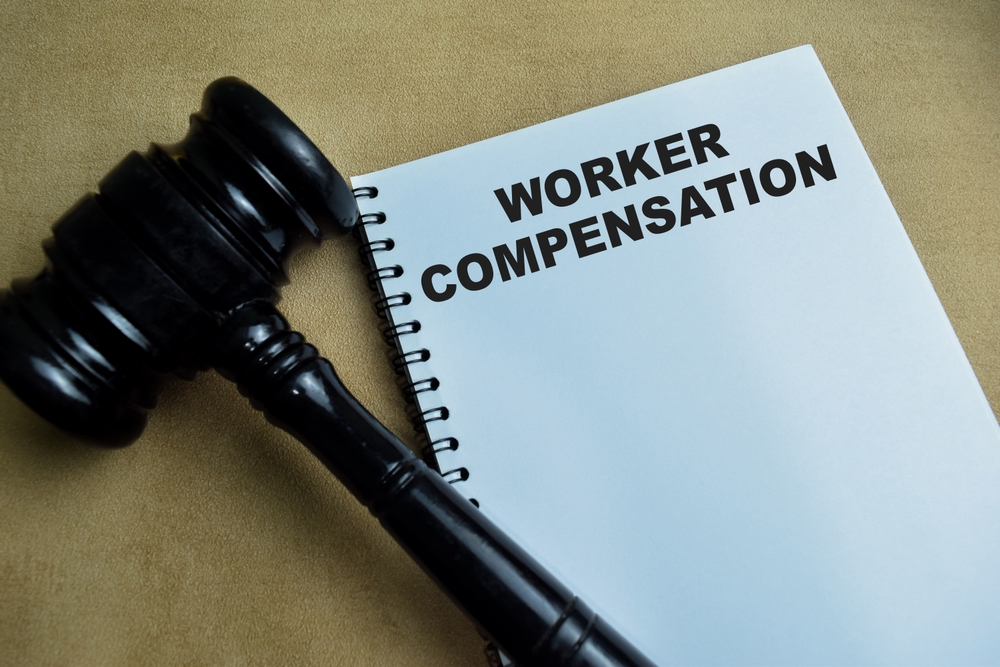Getting injured on the job can be stressful enough without having to figure out complicated legal systems. In New York City, workers’ compensation benefits help cover lost wages and medical costs after a work-related injury or illness. However, to access those benefits, you must carefully follow the correct process. This step-by-step guide explains exactly how to file a workers’ compensation claim in NYC and protect your rights.
Step 1: Report the Injury Immediately
The very first step after a workplace injury is reporting it to your employer—and time is critical.
- When to Report:
You must report your injury within 30 days of the accident or of realizing your condition is work-related. The sooner you report it, the better. - How to Report:
Verbal reports are a start, but you should also submit something in writing—an email, a text, or a written incident report. - Information to Include:
- Date, time, and location of the injury.
- How the accident occurred.
- Any witnesses.
Failing to report the injury quickly can give your employer and their insurance company grounds to deny your claim.
Step 2: Seek Medical Treatment
After reporting the injury, you need immediate medical attention.
- Authorized Medical Provider:
In NYC, you must choose a doctor who is authorized by the New York State Workers’ Compensation Board. You can find authorized providers on the Board’s website. - Emergency Situations:
If it’s a true emergency, seek care at the nearest hospital—authorization rules don’t apply in emergencies. - Medical Documentation:
Tell the doctor that your injury is work-related.
Ask them to complete the necessary workers’ comp forms, such as Form C-4 (Doctor’s Initial Report), which they must send to the Workers’ Compensation Board and your employer’s insurance company.
Proper medical records are the backbone of your workers’ comp claim—without them, your case can quickly collapse.
Step 3: Notify Your Employer in Writing
Even if you verbally told your supervisor about your injury, New York law encourages a formal written notice.
- Written Notice:
Include:- A full description of the injury.
- When, where, and how it occurred.
- Your request for workers’ comp benefits.
- Timeline:
Legally, you have 30 days to provide this notice, but giving written notice as soon as possible strengthens your credibility. - Employer’s Responsibility:
After receiving your notice, your employer must immediately inform their workers’ comp insurance carrier.
Providing a clear, written notice ensures there’s no confusion or argument later about whether the injury was work-related.
Step 4: File a Claim with the Workers’ Compensation Board
Simply notifying your employer is not enough—you must also file your own claim with the New York State Workers’ Compensation Board.
- Form C-3:
You need to fill out and submit a C-3 Employee Claim Form.- Available online at www.wcb.ny.gov.
- Can be submitted electronically, by mail, or in person.
- Deadlines:
You must file Form C-3 within two years of the injury date or the date you knew your injury was work-related. - Information Needed:
- Personal and employer information.
- Injury details.
- Medical treatment details.
- Wage information.
The Workers’ Compensation Board will process your form and start monitoring your claim.
If you fail to file, you risk losing your right to benefits altogether—even if your employer’s insurer acknowledges the injury.
Step 5: Employer’s Insurance Investigation
Once your claim is filed, your employer’s insurance carrier will investigate.
- Possible Actions:
- Review your medical records.
- Interview witnesses.
- Request an Independent Medical Examination (IME).
- Approve or deny your claim.
- Payments:
If your claim is accepted, you may start receiving:- Medical treatment covered by workers’ comp.
- Wage replacement benefits (usually two-thirds of your average weekly wage, subject to maximum limits).
- Denials:
If the insurance carrier denies your claim, they must explain the reasons in writing.
At this stage, it’s important to stay in communication with your employer, their insurer, and your healthcare providers—and to keep copies of everything.
Step 6: Attend Hearings if Necessary
If your claim is denied, or there’s a dispute about your benefits (e.g., about the extent of your injury), you have the right to a hearing before a Workers’ Compensation Law Judge.
- Preparing for the Hearing:
- Gather all medical records and reports.
- Obtain witness statements if relevant.
- Prepare to explain how the injury affects your ability to work.
- At the Hearing:
- Both you and the insurance company present evidence.
- You may testify about the injury, medical treatment, and work limitations.
- You can bring a workers’ comp attorney to represent you (and it’s highly recommended).
- After the Hearing:
The judge will issue a decision approving, modifying, or denying benefits.- If you lose, you can appeal to the Workers’ Compensation Board Panel.
Most injured workers who face hearings hire an attorney because navigating the legal system alone is difficult—and attorney fees are usually contingency-based and require Board approval.
Conclusion
Filing a workers’ comp claim in New York City can seem overwhelming at first, but following the right steps—reporting your injury, getting medical treatment, filing your forms properly, and being prepared for possible disputes—can make a huge difference. Understanding your rights and responsibilities is the best way to secure the benefits you need after a workplace injury.
Click Here to Schedule a Consultation with Figeroux & Associates Today!




